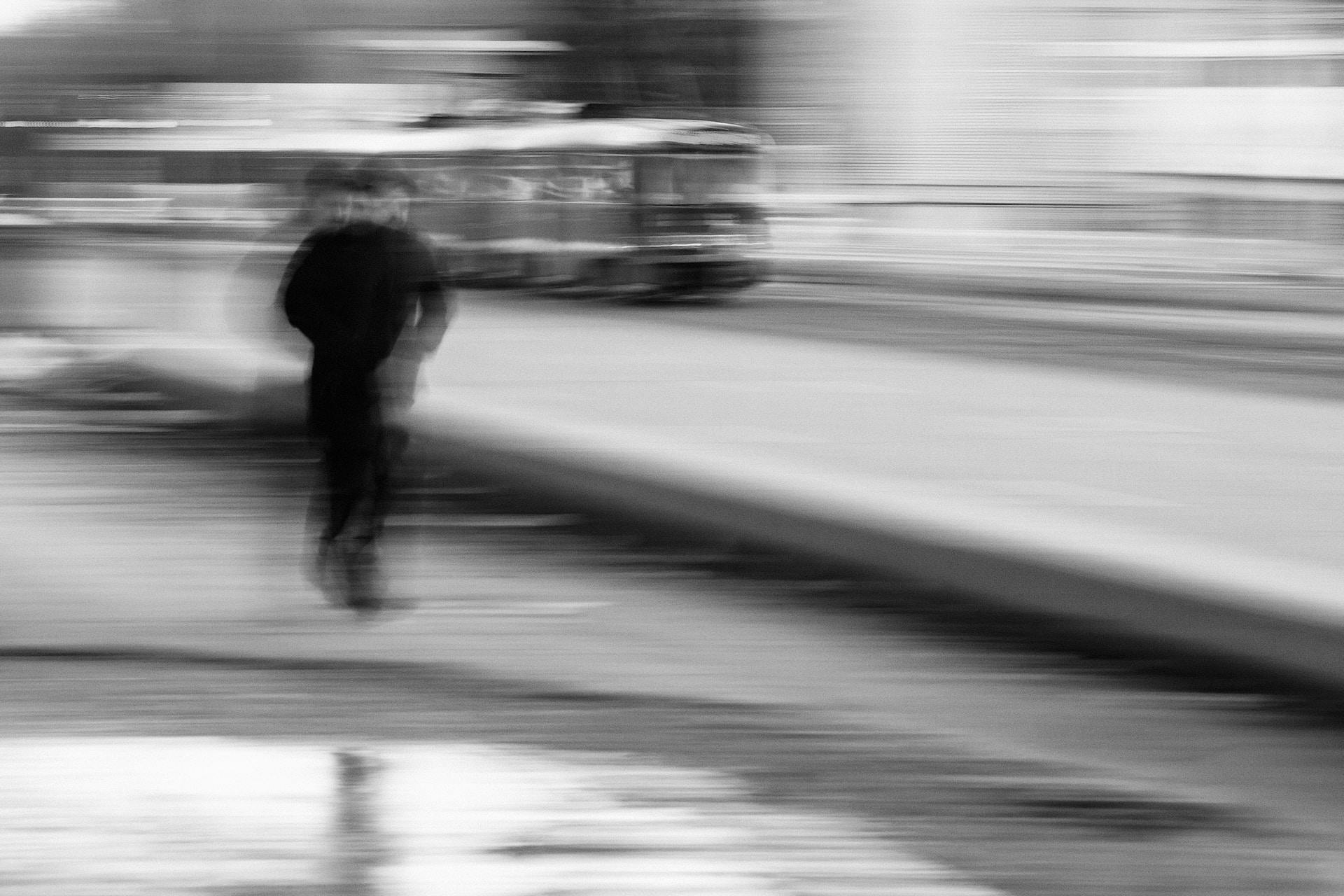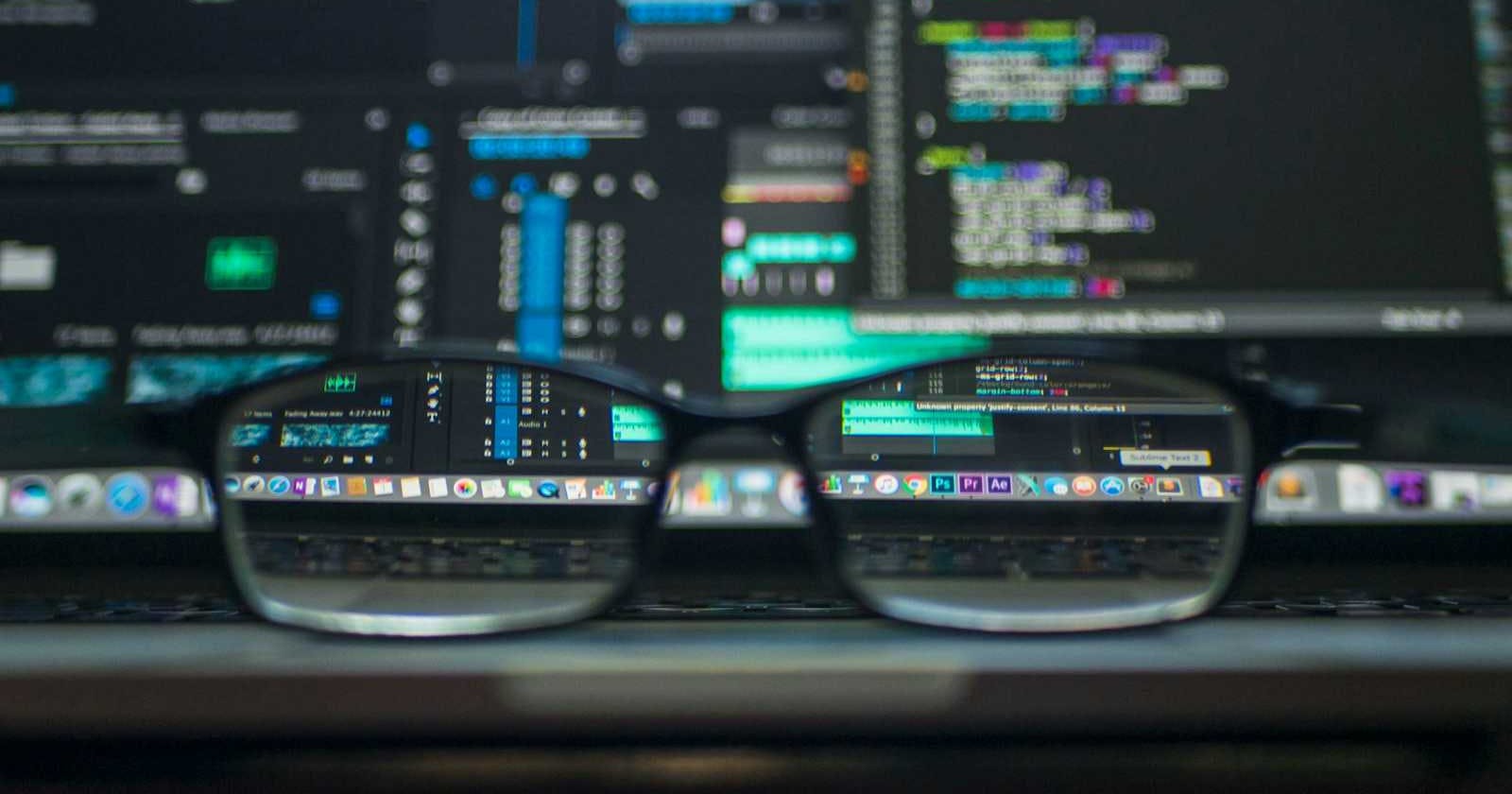
Image Deblurring: Bringing Clarity into Focus
Restoring Lost Details and Unveiling Hidden Truths
Imagine capturing a once-in-a-lifetime moment, only to find your photo rendered hazy and indistinct. Blurry images can be frustrating, obscuring crucial details and leaving you yearning for a sharper representation of the scene. This is where image deblurring comes in, acting as a digital saviour that breathes new life into blurry photographs.
Why Do Images Get Blurry? A Technical Deep Dive

The Curse of Blurry Pixels: Have you ever captured a breathtaking scene, only to find your photo marred by a frustrating haze of blur? You’re not alone. Blurring plagues digital images, obscuring details and hindering our ability to fully appreciate the captured moment. But fear not, for this blog delves deep into the technical causes of blur, equipping you with the knowledge to combat this visual adversary.
Beyond the Lens: A Multitude of Culprits: While camera lens imperfections can contribute to blur, the culprit often lies beyond the glass. Here’s a breakdown of the most common offenders:
Motion Mayhem: Ever tried capturing a speeding car without a blur? This is the infamous motion blur, where camera movement or subject motion outpaces the shutter speed, smearing pixels across the image.
Light’s Fickle Dance: Light doesn’t always behave. Scattering and atmospheric distortions can bend light rays, leading to light scattering distortion and blurring distant objects, especially in astronomical images.
Depth of Field Fumble: When the focus plan is misaligned, objects outside that plane become hazy. This insufficient depth of field can render foreground or background elements blurry, despite a sharp focus on the desired subject.
Soft Lens Blues: Not all lenses are created equal. Lens softness, often due to budget or construction limitations, can inherently introduce blur, even with perfect focus and lighting.
The Many Faces of Blur: A Technical Taxonomy
In the realm of digital images, clarity reigns supreme. Yet, the dreaded blur often creeps in, casting a hazy veil over our precious visuals. But fear not, for this blog aims to shed light on the various forms of blur, empowering you to identify and combat them.
A Spectrum of Smudges: Blurs are not a monolithic entity; they come in distinct flavours, each with its own signature:
Motion Blur: The infamous “streaking” effect, arising from camera or subject movement exceeding the shutter speed. Think of a speed car leaving a light trail in its wake.
Gaussian Blur: This smooth, uniform blur adds a dreamy softness to images, often used for artistic effects or noise reduction. Imagine a vintage filter gently blurring edges and details.

Average Blur: Similar to Gaussian Blur, but with a harsher, “boxier” edge. Think of pixelated edges, like an image scaled down and back up with chunky blocks.
Defocus Blur: When objects outside the desired focal plane appear hazy, this culprit is at play. It’s the result of insufficient depth of field, leaving background or foreground elements in soft focus.

Beyond the Surface: These classifications delve deeper than mere aesthetics. Each blur type has distinct mathematical properties and impacts:
Motion Blur: Analysis of its direction and strength can reveal camera movement or object velocity, making it valuable in robotics or sports analysis.
Gaussian Blur: Its smoothing effect can be beneficial for noise reduction in low-light images or medical scans
Average Blur: Its sharp transitions can be useful for edge detection or image segmentation tasks.
Defocus Blur: Analysing its pattern can help estimate the camera’s focus setting or even reconstruct 3D scenes from multiple images.
What is Image Deblurring?
Image deblurring is the process of mathematically reversing the effects of blur, transforming a fuzzy image into a clear and crisp one. It’s akin to wiping away a layer of fog that has shrouded the captured scene, revealing the true beauty and information concealed beneath.
The Crucial Role of Image Deblurring in Today’s World
The importance of image deblurring extends far beyond mere aesthetic enhancement. It plays a vital role in various critical domains, including:
Security and Surveillance: In security applications, blurry CCTV footage can often hinder crucial evidence gathering. Image deblurring can sharpen such footage, potentially revealing critical details like facial features or licence plates.
Medical Imaging: In medical diagnosis, blurry medical images can lead to misinterpretations. Deblurring techniques can enhance the clarity of X-rays, CT scans, and other medical images.
Astronomy and Space Exploration: Blurry astronomical images can obscure celestial objects and hinder scientific understanding. Image deblurring can sharpen these images, revealing faint stars, galaxies, and other cosmic wonders, and facilitating groundbreaking discoveries.
Self-Driving Cars: The success of self-driving cars hinges on their ability to accurately perceive their surroundings. Blurry camera footage can pose a significant challenge. Image deblurring can ensure clearer vision for these vehicles, enhancing their safety and reliability.
Beyond the Technical: The Human Impact of Image Deblurring
The impact of image deblurring transcends the technical realm, touching the human experience in profound ways. Imagine:
Preserving precious memories: Deblurring cherished childhood photos or faded family heirlooms can breathe new life into these treasured moments, rekindling emotions and memories that might otherwise be lost.
Documenting history: Deblurring historical photographs can provide invaluable insights into the past, offering clearer glimpses into bygone eras and enriching our understanding of history.
Connecting with the world around us: By sharpening blurry travel photos or nature shots, we can deepen our appreciation for the beauty and wonder of the world fostering a greater sense of connection with our surroundings.
Image Deblurring is not just a technological feat; it’s a tool that empowers us to see the world more clearly, to uncover hidden truths, and to preserve precious memories. As technology continues to evolve, its potential to impact our lives in profound ways is only just beginning to be explored.

